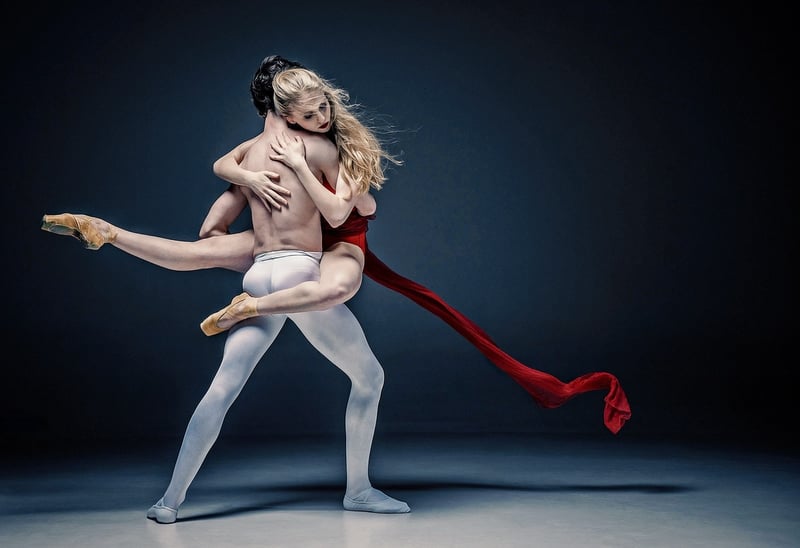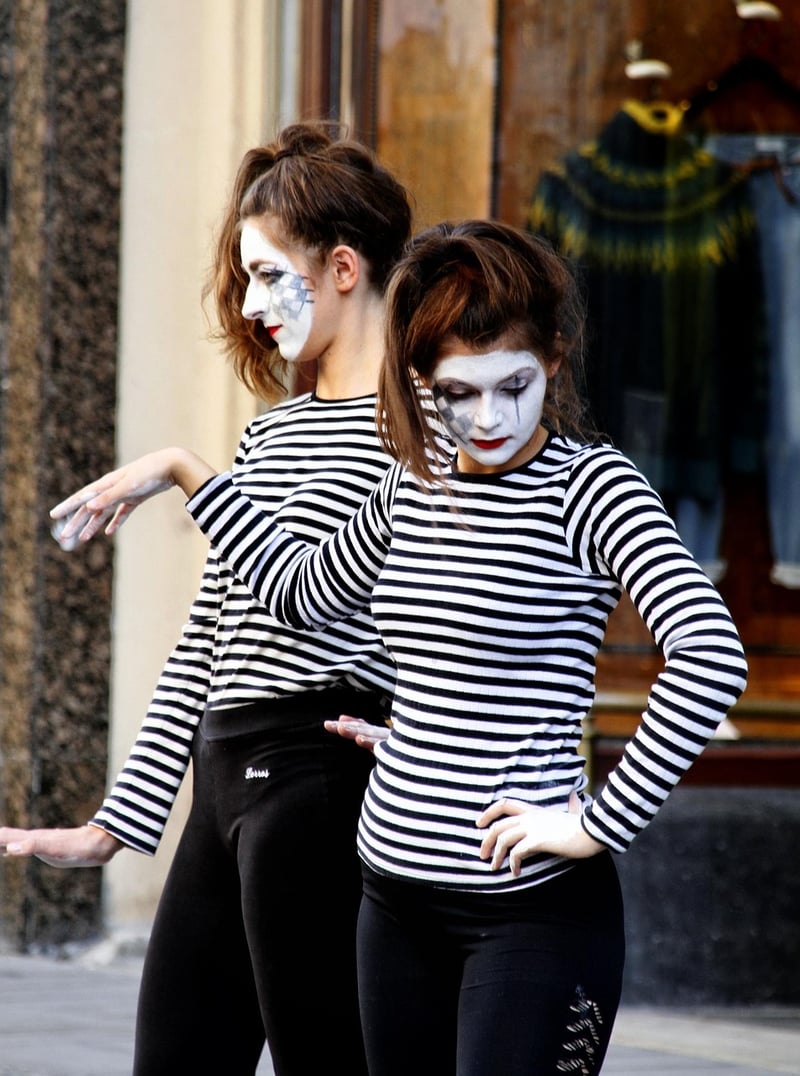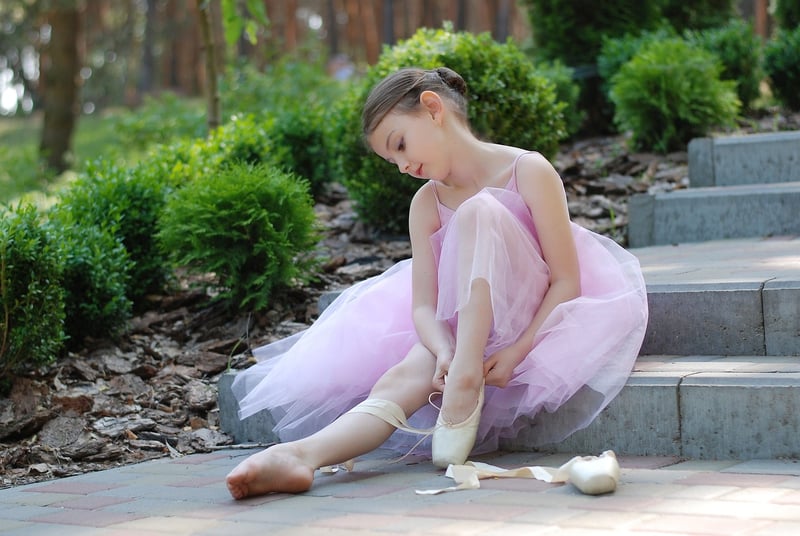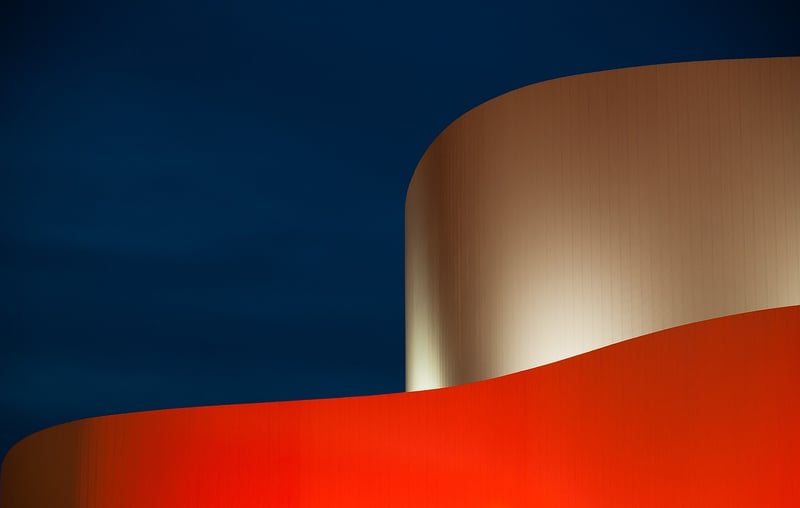Contemporary
Exploring Expressive Movement Forms in Contemporary Art
Expressive movement forms in contemporary art offer a dynamic and captivating way for artists to convey emotions, ideas, and stories through physical movement. This article delves into the world of expressive movement forms and their significance in the realm of contemporary art.
The Art of Dance
Dance is a powerful form of expressive movement that has been a part of human culture for centuries. In contemporary art, dancers use their bodies to communicate narratives, emotions, and concepts. Through fluid movements, gestures, and interactions, dance artists create a visual spectacle that captivates audiences and evokes strong emotional responses.

Benefits of Dance as an Expressive Movement Form
- Enhances physical fitness and flexibility
- Improves coordination and balance
- Boosts emotional well-being and self-expression
- Fosters creativity and artistic expression
Mime and Gesture
Mime and gesture are subtle yet impactful forms of expressive movement that rely on body language to convey meaning. In contemporary art, artists use mime and gesture to create illusions, tell stories, and evoke thought-provoking responses from viewers. Through precise movements and facial expressions, mime artists can communicate complex emotions and narratives without using words.

Exploring the World of Mime and Gesture
- Requires meticulous attention to detail and body control
- Utilizes facial expressions as a powerful tool for communication
- Challenges artists to convey complex ideas through movement alone
- Engages audiences through visual storytelling and interactive performances
Interactive Installations
Interactive installations combine technology, movement, and audience participation to create immersive art experiences. In contemporary art, these installations often incorporate sensors, sound, and visuals to respond to the movements of participants. Through physical interaction with the artwork, viewers become active participants in the creative process, blurring the lines between artist and audience.

Features of Interactive Installations
- Encourage audience engagement and active participation
- Merge technology with traditional art forms
- Provide a multisensory experience for viewers
- Challenge traditional notions of art and spectatorship
Expressive movement forms in contemporary art continue to push boundaries, provoke thought, and inspire creativity. Whether through dance, mime, interactive installations, or other innovative mediums, artists use movement as a powerful tool for self-expression and communication in the modern world.
